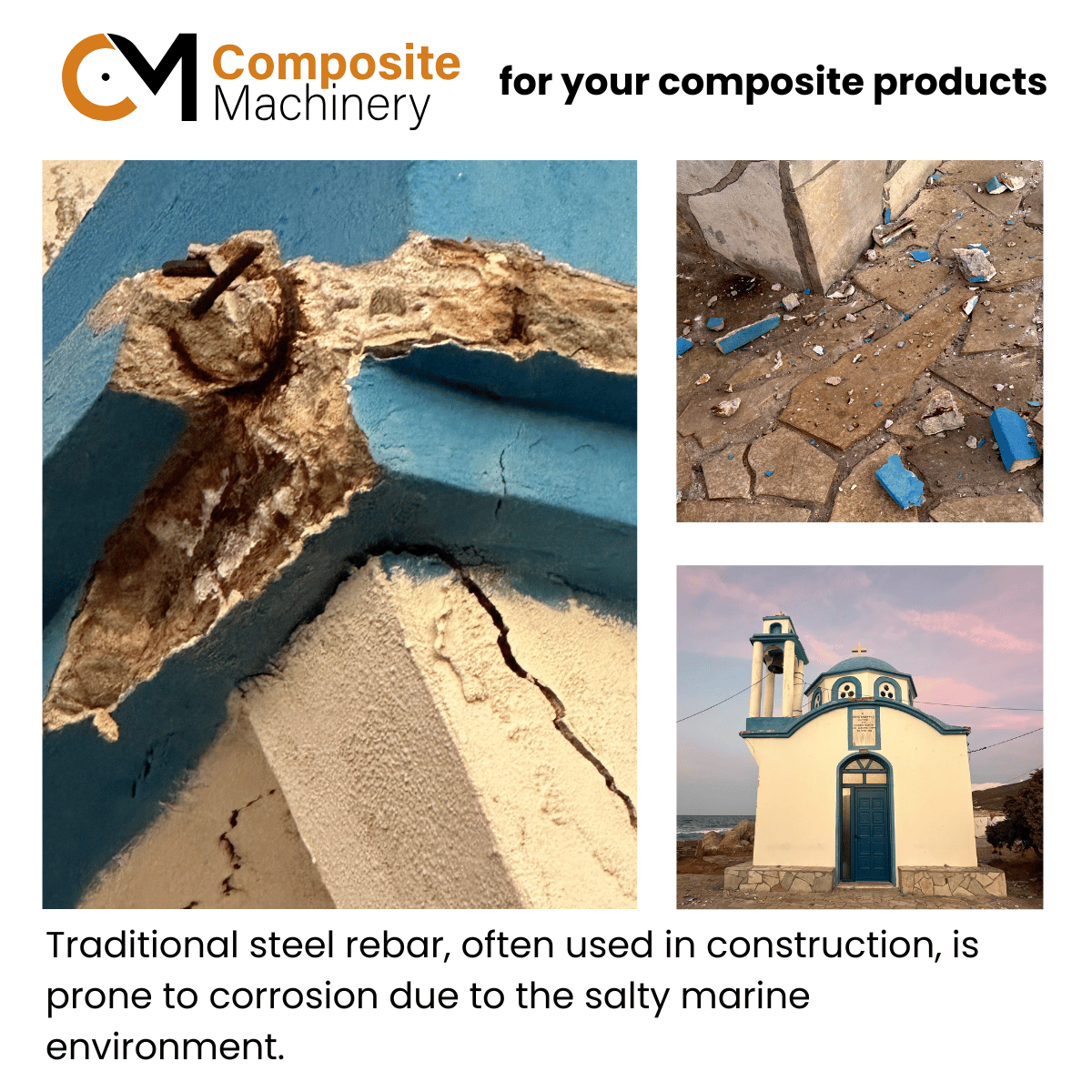The Rise and Necessity of Composite Rebar in Coastal Tourist Areas
The Rise and Necessity of Composite Rebar
The Rise and Necessity of Composite Rebar in Coastal Tourist Areas
Coastal regions, especially those attracting tourists with their picturesque landscapes and historical landmarks, face unique challenges in maintaining infrastructure. Traditional steel rebar, often used in construction, is prone to corrosion due to the salty marine environment. This deterioration leads to structural weaknesses, as vividly illustrated by photos showing a quaint church with exposed steel rebar and crumbling concrete.
Composite rebar, made from materials like fiberglass or carbon fiber, presents a compelling alternative. Unlike steel, composite rebar is resistant to corrosion, significantly extending the lifespan of coastal structures. This durability not only ensures the safety and longevity of buildings but also reduces maintenance costs—a crucial factor for tourism-dependent economies.

Preserving the charm and safety of buildings
use of composite rebar: not just a trend but a necessity
Composite rebar is lightweight yet strong, simplifying transportation and installation. This characteristic is particularly beneficial for remote coastal areas, where logistical challenges often impede construction projects.
At Composite Machinery, we create the ideal production line for manufacturing composite rebar, ensuring high quality and efficiency.
In summary, the adoption of composite rebar in coastal tourist areas is not just a trend but a necessity, promising to preserve the charm and safety of these beloved destinations for future generations.

Let's work together
Fill in this contactform and we will contact you!
